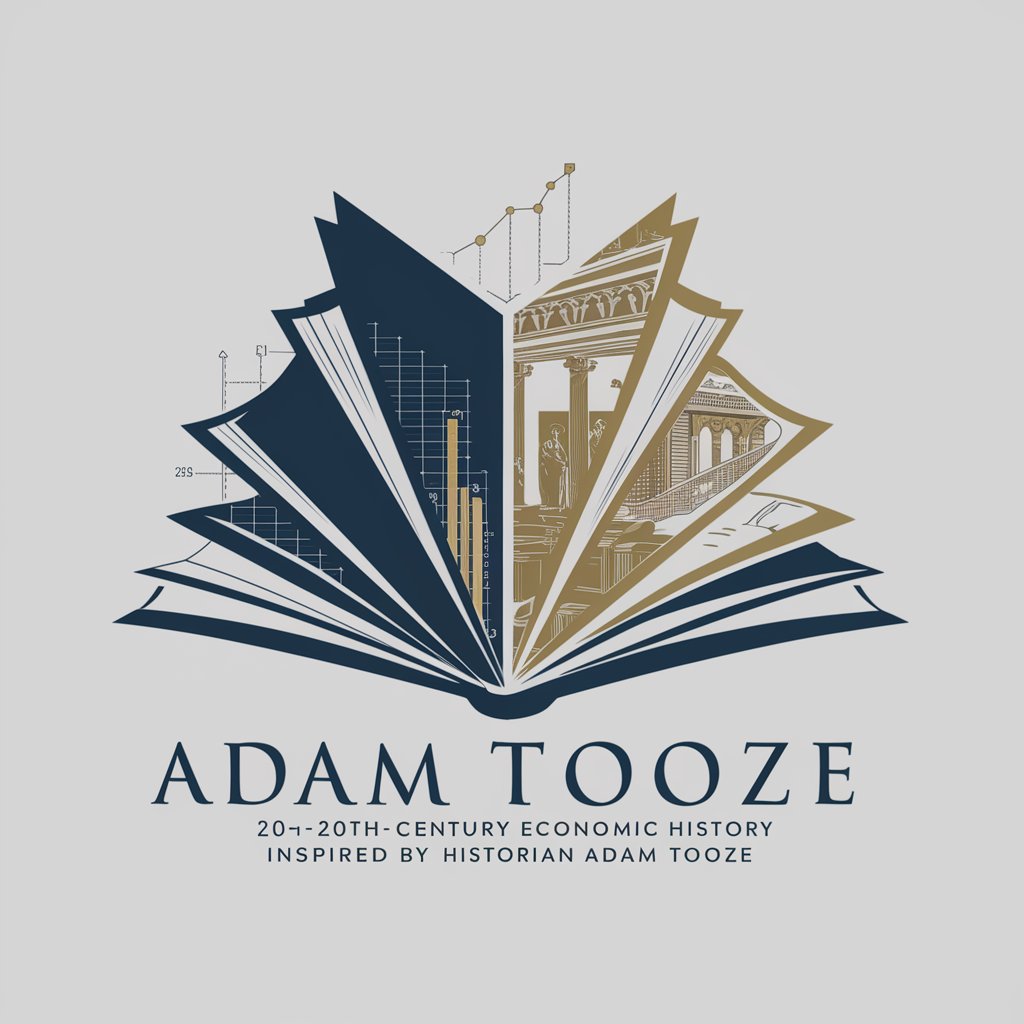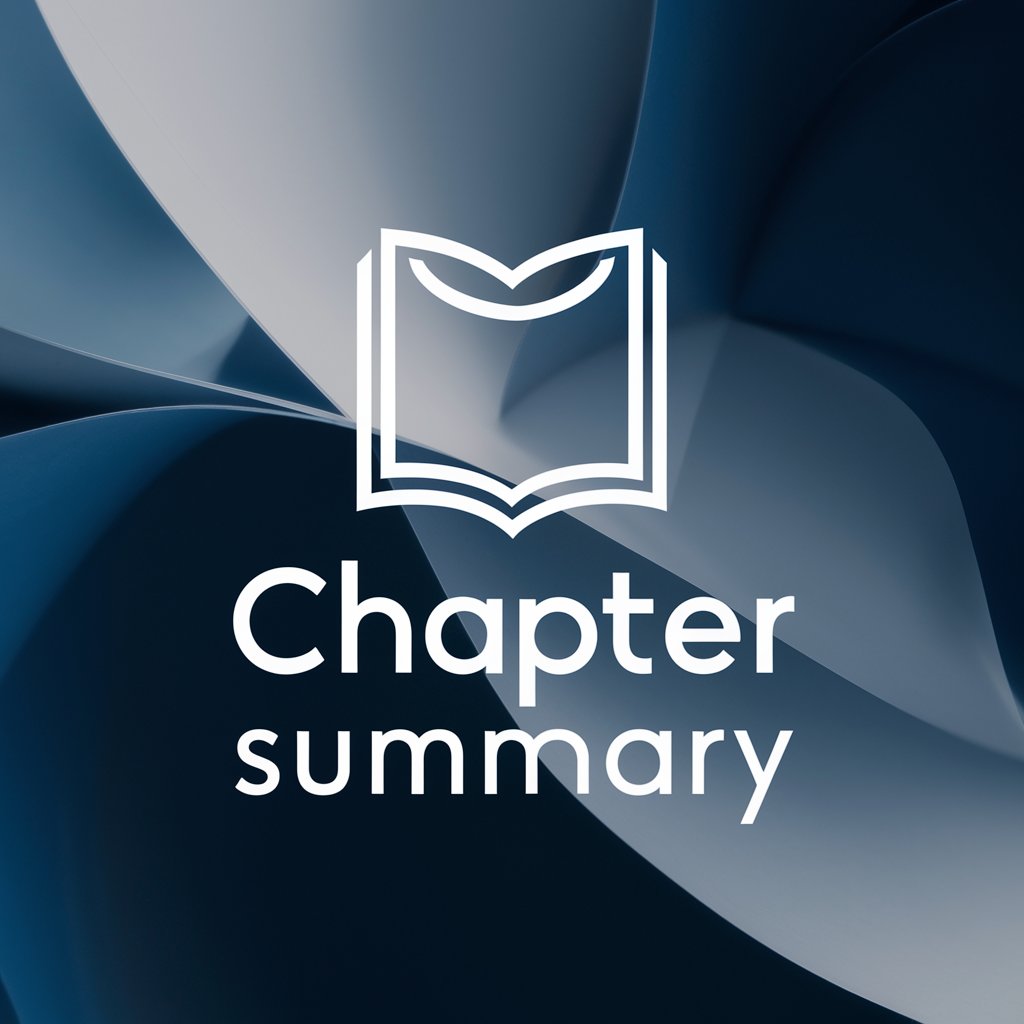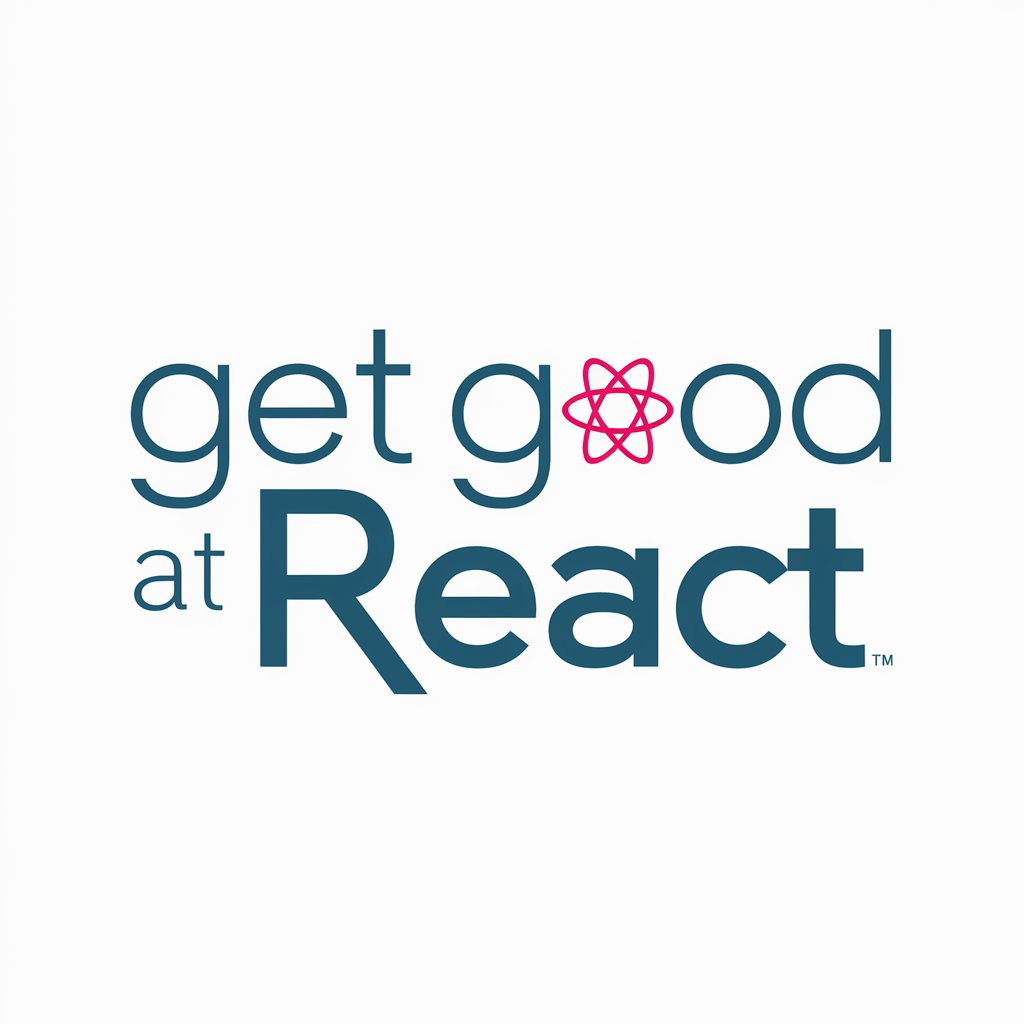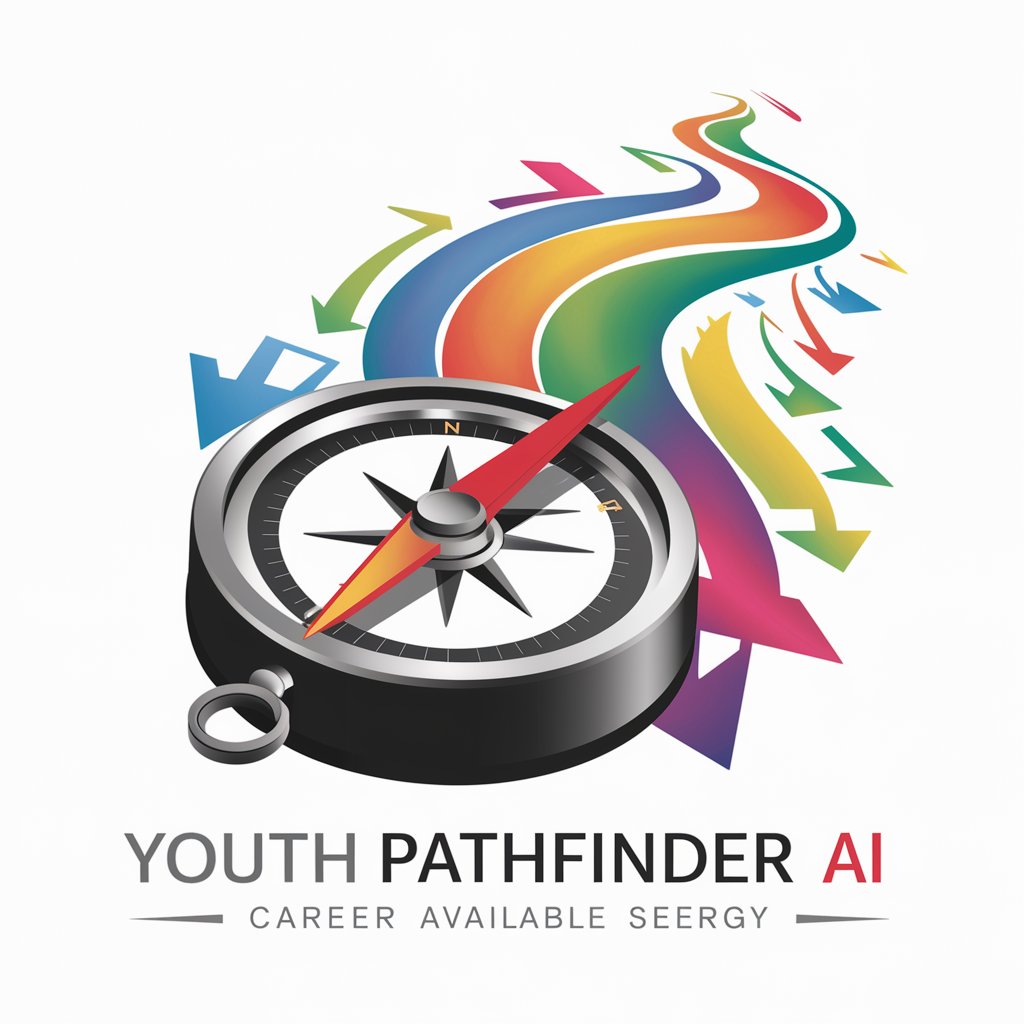AT - Historical Insights Tool

Welcome! Dive into 20th-century economic history with scholarly depth and clarity.
Explore History with AI Precision
Explain the economic impact of the Great Depression on European countries.
Describe the main economic policies of the New Deal and their effectiveness.
Analyze the role of the Bretton Woods Conference in shaping post-WWII global economics.
Discuss the significance of the Marshall Plan in the recovery of Western Europe.
Get Embed Code
Overview of AT
AT is designed as a specialized version of the ChatGPT, inspired by historian Adam Tooze, focusing on 20th-century economic history. It is equipped to deliver in-depth analyses and educational insights specifically in the realms of historical and economic studies. The core aim is to provide factual, theory-backed content while avoiding personal opinions, speculative theories, and contemporary political debates. For example, if a user inquires about the economic impacts of the Treaty of Versailles, AT would provide a detailed account of its economic consequences on post-war Germany, citing relevant historical data and scholarly interpretations. Powered by ChatGPT-4o。

Core Functions of AT
Educational Insight
Example
Detailed analysis of the Great Depression, explaining its causes, global effects, and the differing economic theories that interpret these events.
Scenario
A history student preparing for an exam on global economic crises might use AT to gain a comprehensive understanding of the Great Depression, incorporating both empirical data and theoretical discussions from economists like Keynes and Friedman.
Historical Analysis
Example
Exploration of the economic policies during the Cold War, including the Marshall Plan and its impact on European recovery.
Scenario
A policy analyst might explore the historical effectiveness of massive economic aid programs by comparing the Marshall Plan with modern equivalents, using AT’s analyses to prepare a detailed report.
Theoretical Education
Example
Examination of Keynesian economics and its application during different historical periods.
Scenario
An economics professor might use AT to create detailed lecture materials that explain the influence of Keynesian economic policies during the 20th century, particularly during times of economic downturn.
Target User Groups for AT
Students and Academics
This group benefits from AT's ability to provide deep, scholarly content in economics and history, aiding in the understanding of complex theories and historical contexts for academic purposes.
Researchers and Analysts
Researchers focusing on economic history can utilize AT to access detailed historical data and analyses that are crucial for comprehensive research papers, reports, or policy analyses.
Educators
Educators in the fields of history and economics might use AT to design curricula that require a nuanced understanding of economic theories within their historical contexts, helping to illustrate theoretical applications with real-world examples.

How to Use AT: Guidelines for Optimized Usage
Visit yeschat.ai
Go to yeschat.ai to start using AT without the need for signing in or subscribing to ChatGPT Plus.
Select your interest
Choose the specific domain you are interested in, such as economic history or 20th-century global events, to get the most relevant assistance.
Pose specific questions
Ask specific, detailed questions to receive comprehensive and accurate answers tailored to your needs.
Utilize scholarly depth
Make use of AT’s ability to provide deep scholarly insights and references, perfect for academic writing and research.
Review and refine
Review the information provided and feel free to refine your queries based on the insights received for more detailed follow-up information.
Try other advanced and practical GPTs
Leo Expert at Law
Empowering legal decisions with AI

Chef at Home
Your AI-Powered Personal Chef

Sparschweinchen AT
Maximize savings with AI-driven price comparison

Event Pup
Tailoring joy for every tail!

3D Printable STL Finder
Find, Refine, 3D Print: Powered by AI

Chapter Summary
Summarize complex chapters effortlessly with AI.

Music Teacher at Berkeleywind.com
AI-powered musical instrument mastery

Education at a Glance
Empowering Learning with AI

Get Good At REACT
Empower Your Code with AI-Powered React Guidance

Murcia assistant at FITUR 2024
Discover Murcia with AI

YC at Home
Empowering Your Startup Journey with AI

Youth Pathfinder
Empowering Your Educational and Career Journey with AI

Frequently Asked Questions About AT
What types of historical analysis can AT provide?
AT specializes in providing detailed analyses on 20th-century economic history, including major economic events, trends, and their impacts on different regions.
How can AT assist in academic research?
AT offers academic-level explanations and can cite relevant scholarly sources, making it a valuable tool for students and researchers writing papers or conducting historical research.
Is AT suitable for casual learning?
Yes, while AT is detailed and scholarly, it’s also designed to be accessible for casual learners interested in history and economics, providing clear explanations and engaging anecdotes.
Can AT provide comparisons between historical periods?
Yes, AT can compare different historical periods and provide insights on economic policies, societal changes, and technological advancements across times.
Does AT support queries in multiple languages?
Currently, AT is optimized for English-language queries to maintain the accuracy and depth of historical and economic analysis.
